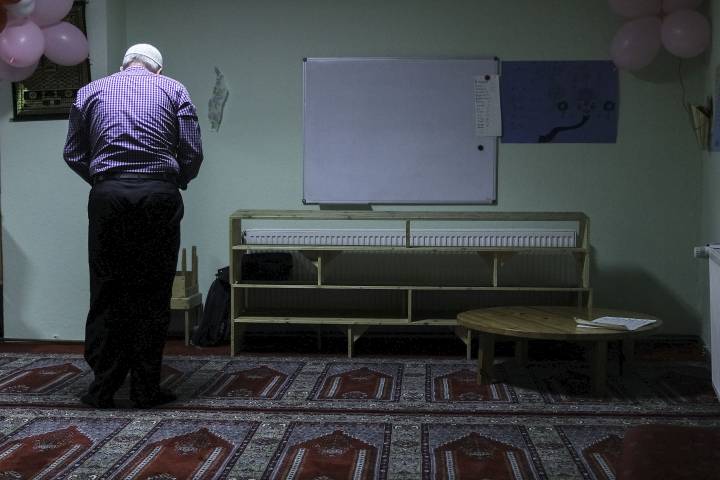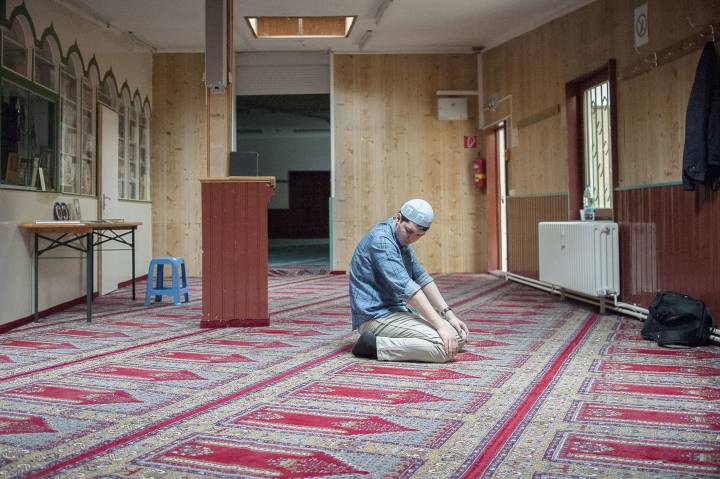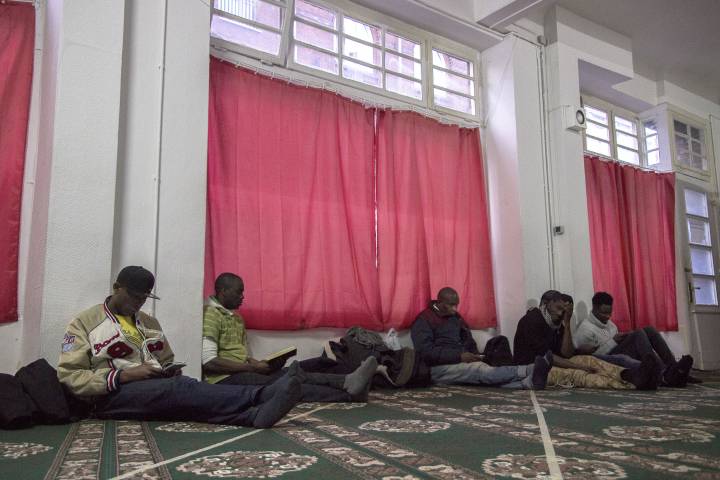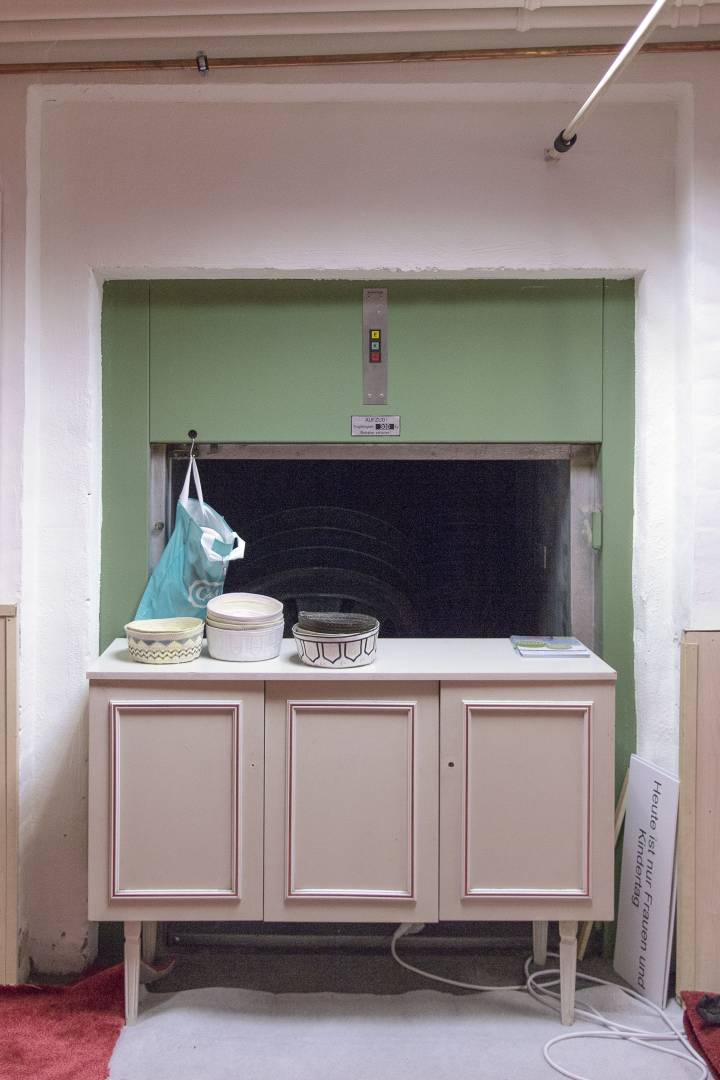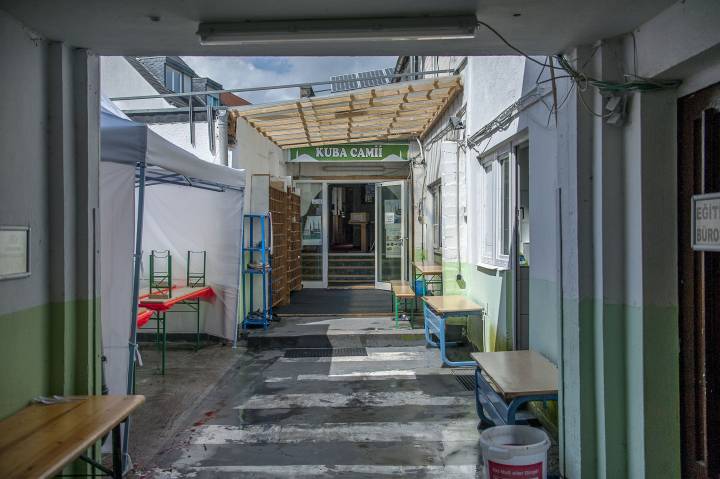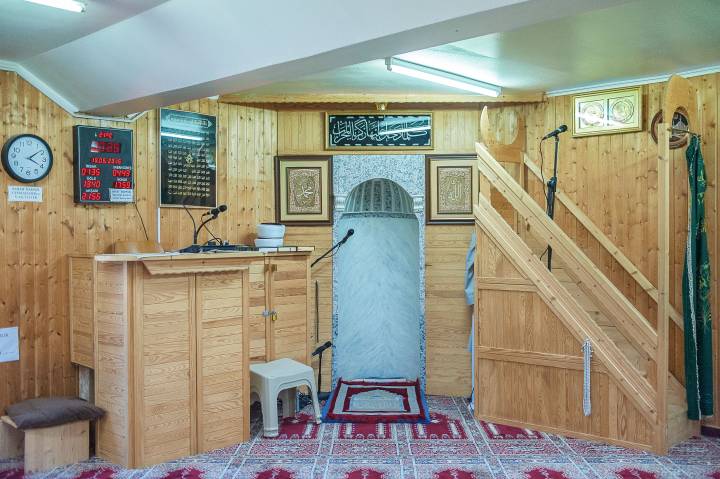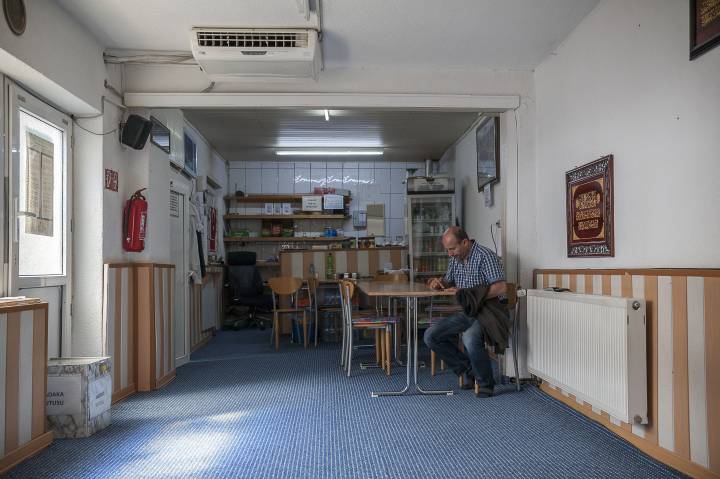In Deutschland wird aktuell über den Bau von Moscheen als Prestigeobjekte debattiert, dabei übersieht man, dass es bereits überall Moscheen gibt, die täglich besucht werden. Dies sind improvisierte Gotteshäuser, die oft vor über 50 Jahren von den Gläubigen selbst gegründet wurden.

